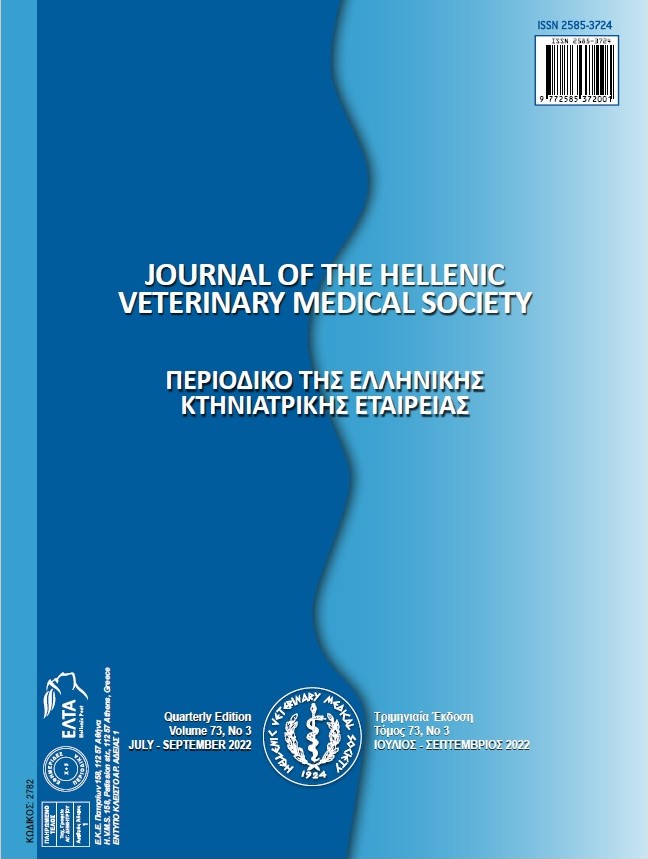First isolation of a trh positive V. alginolyticus from Atlantic bluefin tuna (Thunnus thynnus) farmed in Turkey
Аннотация
Popularity of sushi-sashimi (raw-almost raw fish service) is increasing around the globe, and Atlantic bluefin tuna is among the most frequently used fish in these dishes. In this study, trh (Thermostable direct hemolysin-related hemolysin gene) positive Vibrio alginolyticus was isolated from the internal organs of two tuna sent to the laboratory from a farm in Aegean region of Turkey in 2014. Isolation was done by conventional microbiological methods and Vitek 2 Compact fully automatic identification device was used for identification. Isolate confirmation and investigation of trh-tdh (Thermostable direct hemolysin) gene existence were carried out by a Polymerase Chain Reaction (PCR) method. Two V.alginolyticus isolates from two tuna were found to be trh positive and tdh negative. trh is one of the important genes associated with pathogenicity in the Vibrio genus, and raw consumption of tuna infected with trh positive V.alginolyticus can cause serious food poisoning. The aim of this study is to report first isolation of trh positive Vibrio alginolyticus from two bluefin tuna cultured in the Aegean sea, to draw attention to possible dangers in raw-almost raw fish consumption and supply information for further epidemiological studies. However, more samples are necesary for mentioning the prevalence of high virulence food pathogens in tuna. However, due to their economic value, multiple tuna samples are rarely sent to laboratories for diagnostic purposes.
Article Details
- Как цитировать
-
Avsever, M. (2022). First isolation of a trh positive V. alginolyticus from Atlantic bluefin tuna (Thunnus thynnus) farmed in Turkey. Journal of the Hellenic Veterinary Medical Society, 73(3), 4277–4282. https://doi.org/10.12681/jhvms.25118
- Выпуск
- Том 73 № 3 (2022)
- Раздел
- Research Articles

Это произведение доступно по лицензии Creative Commons «Attribution-NonCommercial» («Атрибуция — Некоммерческое использование») 4.0 Всемирная.
Authors who publish with this journal agree to the following terms:
· Authors retain copyright and grant the journal right of first publication with the work simultaneously licensed under a Creative Commons Attribution Non-Commercial License that allows others to share the work with an acknowledgement of the work's authorship and initial publication in this journal.
· Authors are able to enter into separate, additional contractual arrangements for the non-exclusive distribution of the journal's published version of the work (e.g. post it to an institutional repository or publish it in a book), with an acknowledgement of its initial publication in this journal.
· Authors are permitted and encouraged to post their work online (preferably in institutional repositories or on their website) prior to and during the submission process, as it can lead to productive exchanges, as well as earlier and greater citation of published work.




